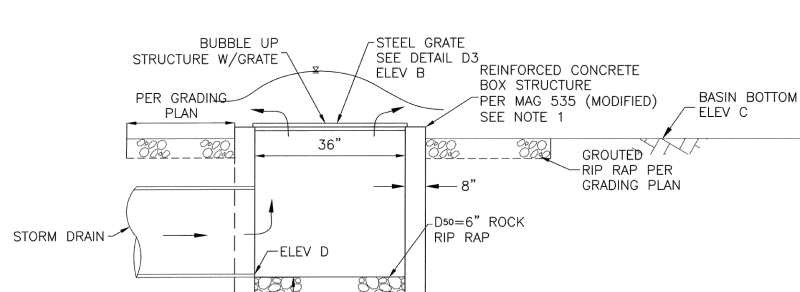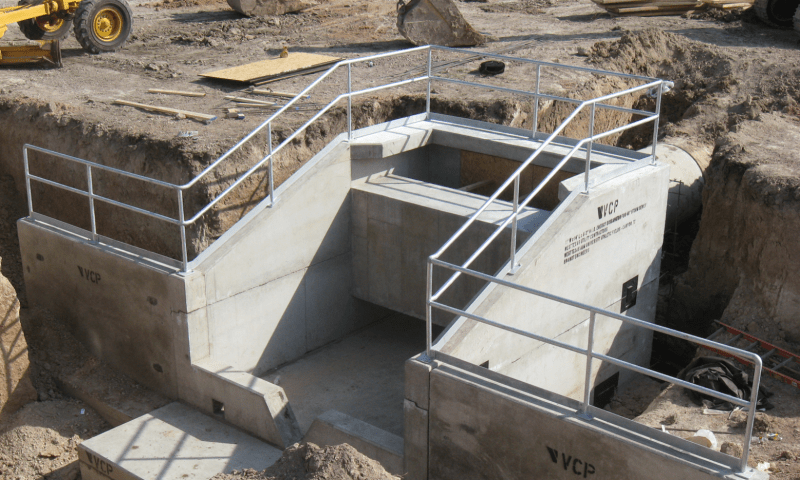We have a very steep site and will be sending stormwater down a hill to a swale and wanted to utilize a manhole as an energy dissipator at the bottom. I've seen installations like this around the city, but have never designed something like this myself. The site does not have room to accommodate a full riprap energy dissipation outlet design, so I was told to utilize a manhole instead. Essentially the water will flow down into the manhole and then overflow into the swale.
It would be 18" line at 25% for ~16' down the hill, which looks to be about 19fps based on my runoff calcs. Would there be a need for some sort of energy dissipation nozzle within the manhole for that kind of velocity? Do those exist?
It would be 18" line at 25% for ~16' down the hill, which looks to be about 19fps based on my runoff calcs. Would there be a need for some sort of energy dissipation nozzle within the manhole for that kind of velocity? Do those exist?



![[smile] [smile] [smile]](/data/assets/smilies/smile.gif)